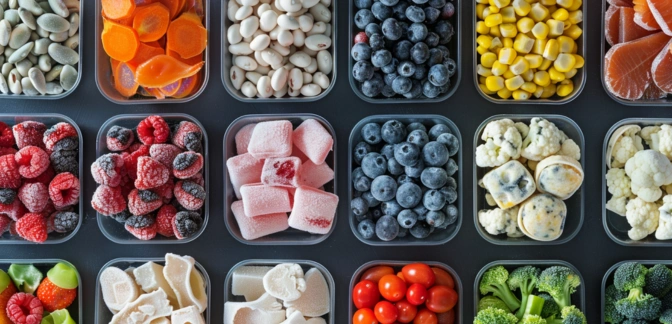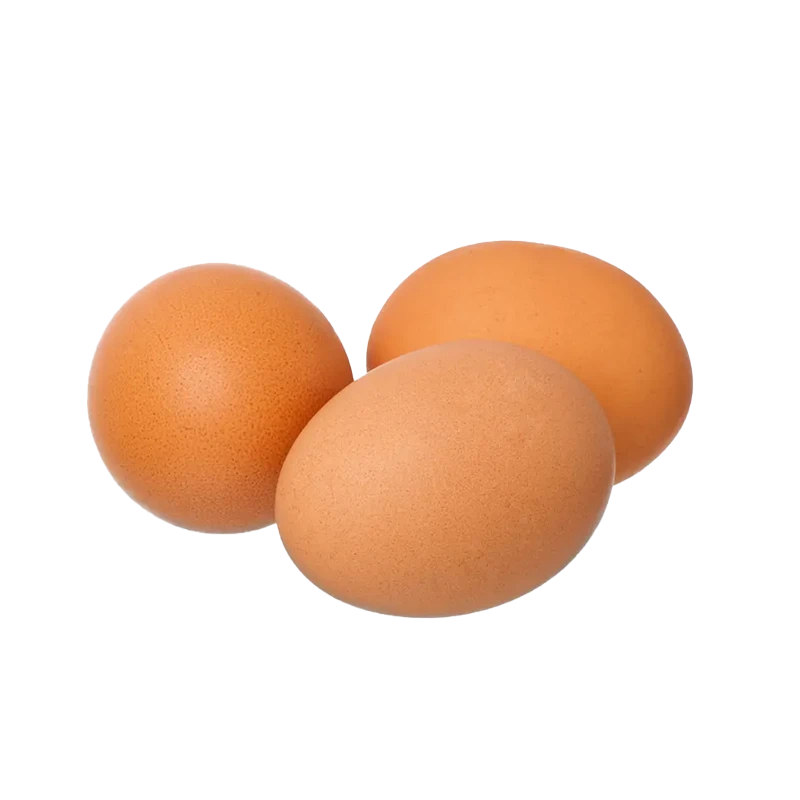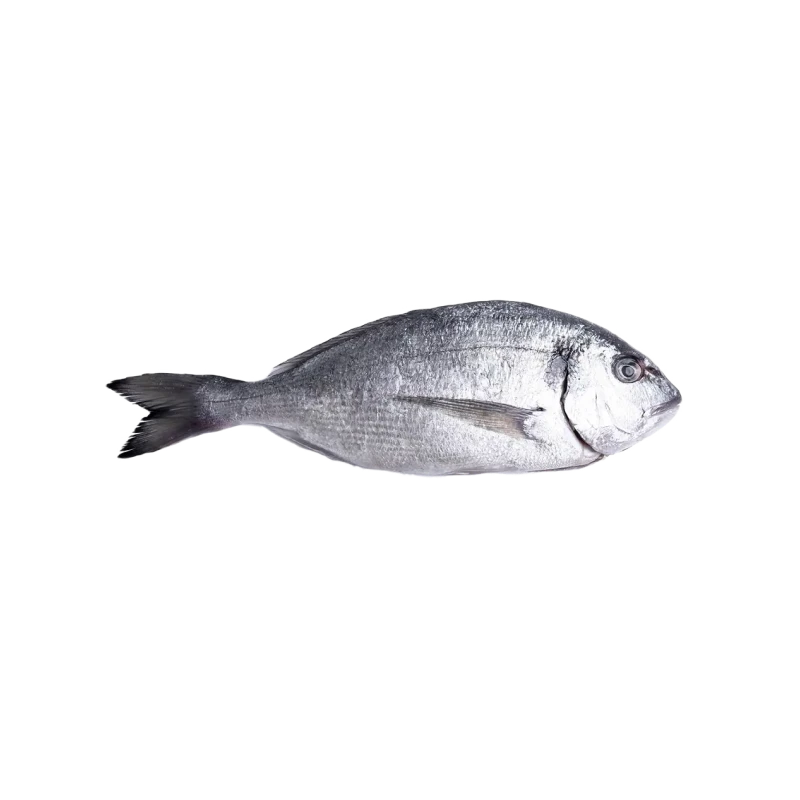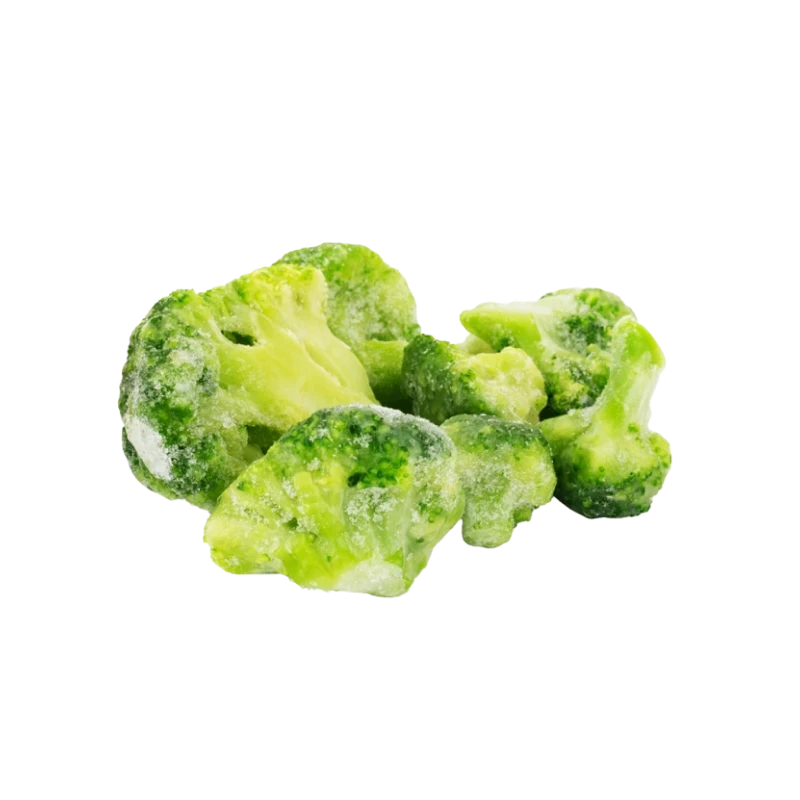Frozen Peas — Nutrients, Health Benefits, and Shopping Tips

Written by Listonic Team
Last update on September 5, 2024
Frozen peas nutrients
Nutrition facts
Amount per 100 g
Calories
🔥 81 kcal
| Nutrients per: 100 g | Value | % Daily Value* |
|---|---|---|
| Carbs | 15 g | 5.45% |
| Fiber | 5 g | 17.86% |
| Sugars | 6 g | 12% |
| Glycemic Index | 39 | - |
| Protein | 5 g | 10% |
| Sodium | 5 mg | 0.22% |
| Total Fat | 0 | - |
*The % of Daily Value (DV) tells you how much a nutrient in a serving of food contributes to a daily diet. 2,000 calories a day is used for general nutrition advice.
5 g
🥔 Good Fiber Content
39
🟢 Low Glycemic Index
Frozen peas facts & tips
Health benefits
- Rich in vitamins and minerals such as Vitamin C, Vitamin K, and folate, which support overall health and well-being.
- High in fiber, promoting digestive health, regular bowel movements, and maintaining a healthy gut microbiome.
- Contains antioxidants, which help protect the body from free radicals and reduce inflammation.
- Supports heart health by helping to lower cholesterol levels and reduce blood pressure.
Health risks
- Potential for loss of nutrients as freezing may reduce the levels of some vitamins and minerals compared to fresh peas, though this is generally minimal.
- Potential for freezer burn which can affect the texture and taste of the peas if they are stored improperly or for too long.
- Potential for pesticide residue on conventionally grown frozen peas, which can pose health risks if not properly washed or sourced from organic suppliers.
How to choose frozen peas
Look for frozen peas that are bright green and uniform in size, which indicates good quality and proper handling. The peas should be free-flowing within the bag, allowing for easy measurement and even cooking.
Avoid packages where the peas have frozen into a solid block, a sign that they may have thawed and refrozen. Packages that are open or have visible damage should also be avoided, as exposure to air can cause the peas to dry out or develop freezer burn.

How to store frozen peas
Frozen peas should be stored in the freezer in their original packaging or a freezer-safe container. This keeps them fresh and ready to use for up to a year. Proper storage helps maintain their sweetness and nutritional value.
Air exposure can lead to freezer burn, affecting the peas' quality. Avoid leaving the bag open, and always reseal it tightly after each use. Using only the necessary amount each time ensures the remaining peas stay fresh. Keeping them properly sealed also prevents ice crystal formation.
✅ Extra Tip
How long do they last?
Frozen peas can last for 8-12 months when stored in an airtight container or freezer bag. To maintain their quality, keep them at a consistent freezing temperature. Proper storage helps retain their sweetness and nutritional value, making them a versatile ingredient.
What to do with leftovers?
Leftover frozen peas can be used in a variety of savory and nutritious dishes. Add them to soups, stews, or casseroles for added sweetness and texture, or mix them into a pasta dish with butter, garlic, and Parmesan. Frozen peas are also great when sautéed with onions and herbs for a simple side dish.
Use frozen peas in a pea risotto by stirring them into a creamy risotto with Parmesan and lemon zest, or mix them into a pea and mint salad with fresh herbs and a vinaigrette. If you have a lot of frozen peas, consider making a batch of pea puree by blending the peas with cream and garlic, perfect for serving with fish or chicken. Frozen peas can also be added to a stir-fry with other vegetables and your choice of protein, or used as a filling for stuffed pastries or samosas. For a quick snack, enjoy peas with a sprinkle of salt and butter, or mix them into a grain salad with quinoa or couscous.
👨⚕️️ Medical disclaimer
Discover products from other categories
Listonic Team
Fact-checked
Our editorial team checked this article to make sure it was accurate at the time of publishing it.
Get the top-rated shopping list app







